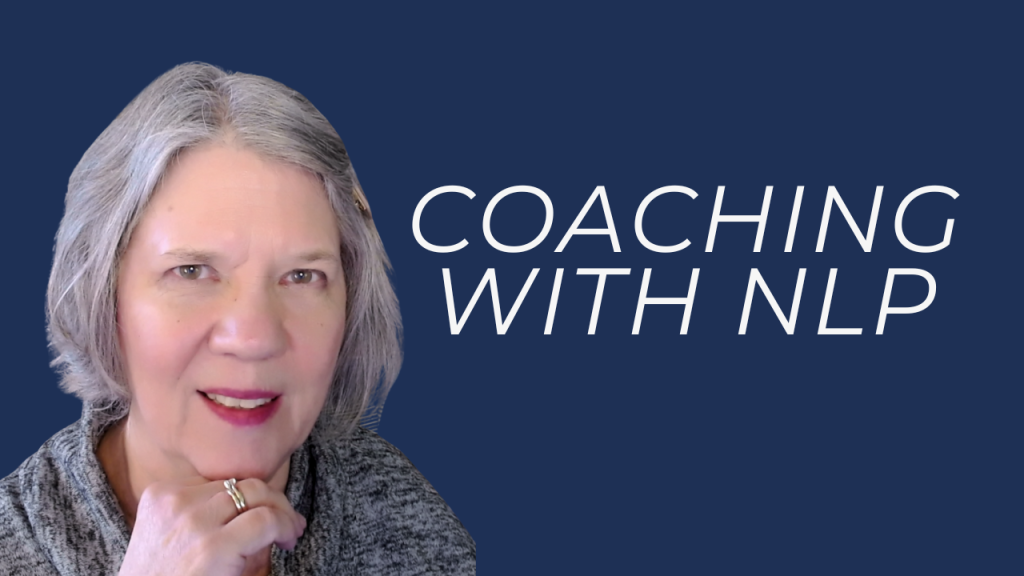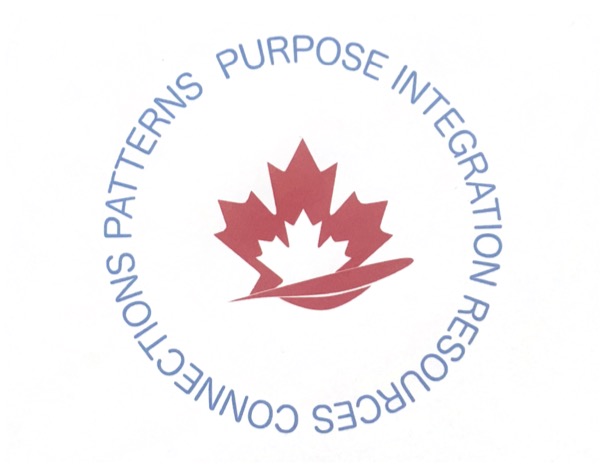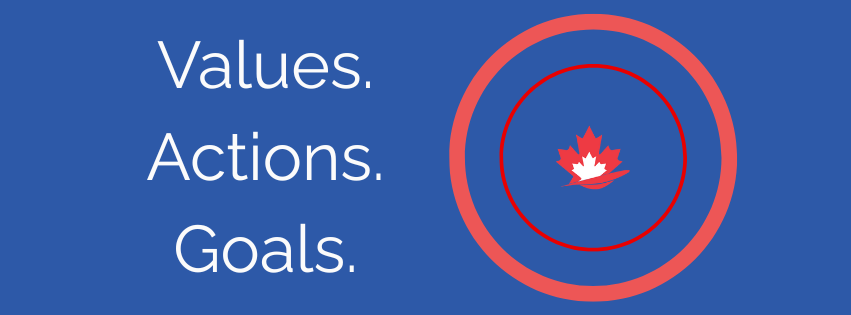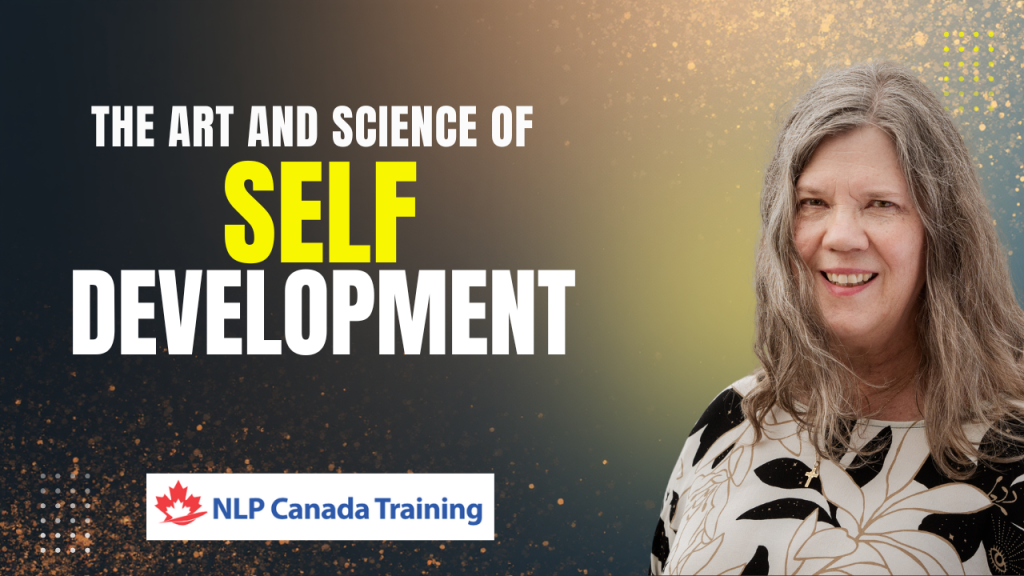If you’ve studied at a coaching school, you know that coaching presence is one of the ICF core competencies. The description can be confusing in that it’s not easy to know how to be curious, engaged, manage your emotions, and allow space for reflection, all at the same time.
People deal with the problem either by having a superficial working understanding or by focusing on asking good questions and hoping that shows confidence, curiosity, and empathy. But that makes it hard to improve as your focus is never really on presence.
NLP offers an understanding of the working parts for presence so that you can practice instead of falling into confirmation bias and just assuming that you’re doing what you hope you’re doing. Here are three steps that show you where to start.
- Identify role models and observe the BEHAVIOURS that indicate presence to you. You can’t see inside someone’s mind, but you can focus on their posture, gestures and expressions to build a representation of which behaviours are associated with presence.
- Practice CURIOSITY. You can’t just tell yourself to be curious: your brain automatically recognizes and completes patterns and will jump to conclusion because that’s how brains work. You can engage your attention in being present by intentionally observing the connection between non-verbal behaviours and the words a coaching client is using. You don’t need to be curious about everything: you need to be curious about times when words and behaviours are congruent.
- Develop A GO-TO STATE. This is not your best coaching state. It’s a state you can hold after something has thrown you. Clients may say something that upsets, surprises, or distracts you. What’s a state that you can enter in just one step that allows you to maintain connection while you regroup?
None of these are simple: they require attention, repetition, and willpower. But they do have the advantage of defining the skill of coaching presence in a way that allows you to practice, improve, and excel.



